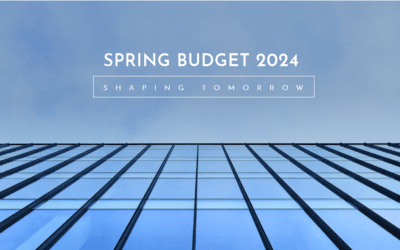Clear and open business advice
SME tax and accountancy specialists
The advice you need right now
With Langdowns DFK, you’ll always feel on top of your business and personal finances and be able to achieve more as a result. We’ll make sure you connect with someone who knows you, knows your goals and will talk to you like a human being.
Relationships
Professionalism needn’t mean standing on ceremony – this is a people business.
Advice
You won’t have to wait for guidance or ask for it – we’ll come to you, and give it to you straight.
Service
We take real pleasure in delivering more than clients expect, before they expect it.
Quality
As people, we’re easy-going, but when it comes to our work, polish and perfection rule.
What we’ll do for you
Perhaps you need the basics looking after – books kept up to date, tax return done, HMRC satisfied. Maybe you’re after advice that will identify opportunities, invigorate your business and get it growing. Or perhaps you’re based overseas and need help navigating UK tax law. Whatever it is, we can help.
Business accounting
We’ll handle the preparation of your annual accounts for Companies House, corporation tax returns to HMRC and more.
Personal accounting
Advice for you and your family from income tax self-assessment returns to capital gains (CGT) to inheritance tax planning.
Cloud accounting
Everyday business bookkeeping, accounting and management accounts made easy using the latest cloud software from Xero and Sage.
Special focus on your business sector
Naturally, you want to work with an accountant who really understands your world. Our clients come from an amazing range of industries but there are some sectors in which we’ve come to specialise – charities, estate agents, professional practices and international accounting, to name just a few.
Stay up to date
What does the abolition of the furnished holiday lettings (FHL) regime mean for you?
The abolition of the furnished holiday lettings (FHL) regime entails the loss of several crucial...
Spring Budget highlights
Chancellor Jeremy Hunt’s Spring Budget was set against high expectations. Our blog unpacks the highlights from the Chancellor’s address.
Spring Budget 2024 Shaping Tomorrow
Vote-winning announcements are always expected from a Chancellor’s Budget in an election year....
“From reception through to the heady heights of the tax planning department, our experiences are always pain free and easy for us. Langdowns DFK take away the hard work of dealing with the endless paper trail associated with running a business.”
Ian Knight
Advanced KFS Special Vehicles Ltd
Experience our expertise yourself
You’ve got questions and we’d love to get to know you, so why not get in touch?
Contact us




